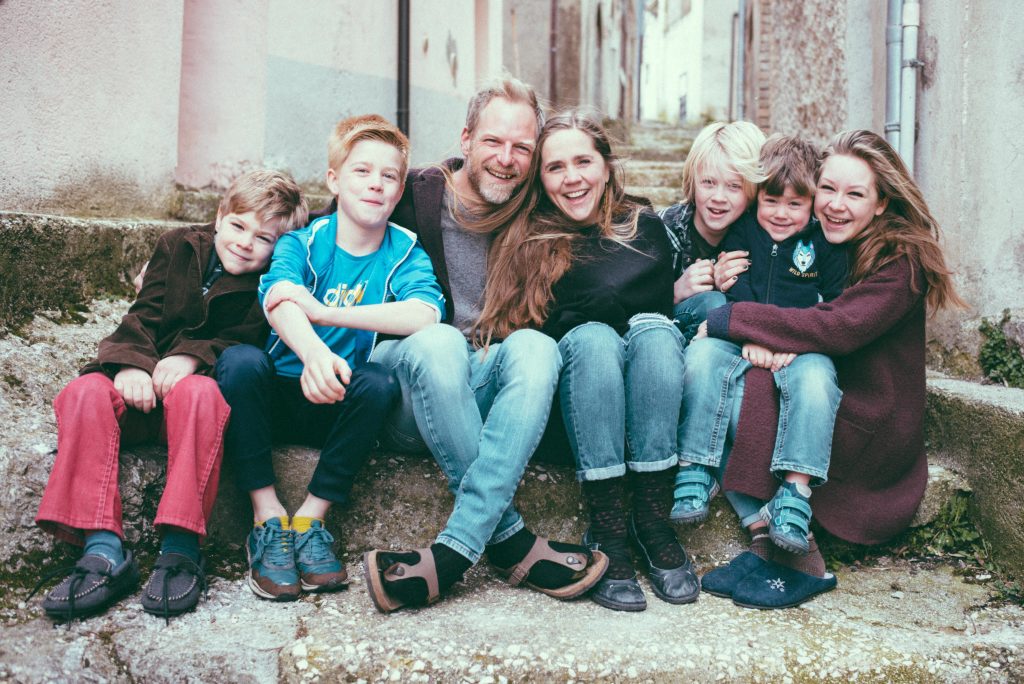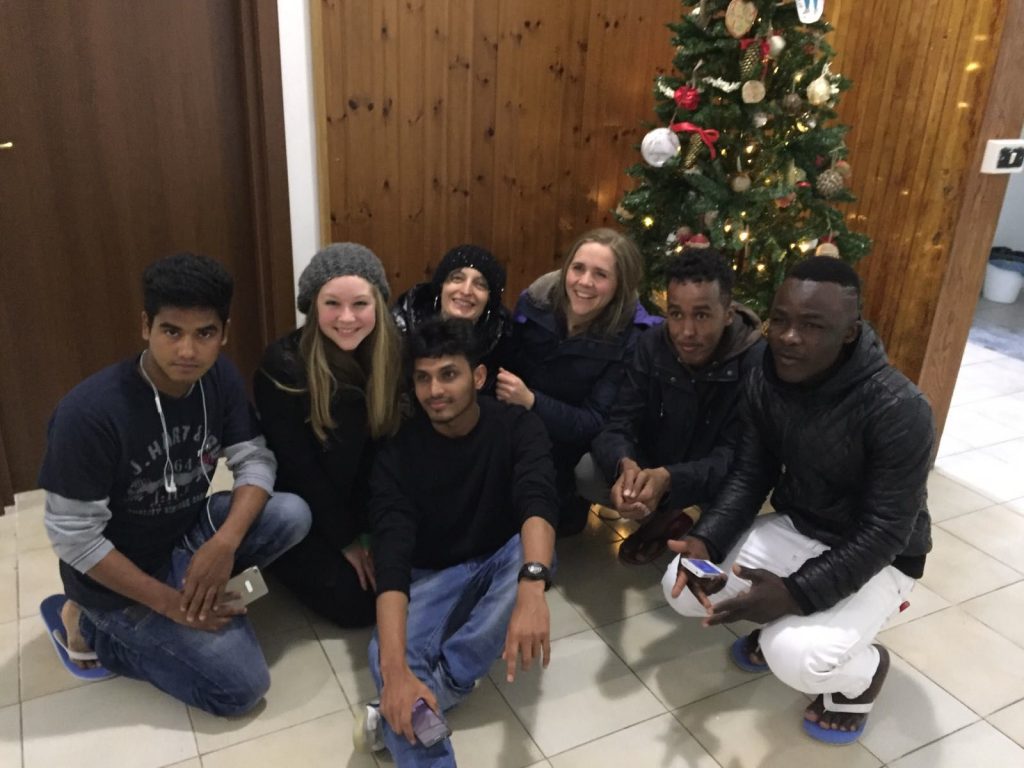Interpersonal experience is key to SIT TESOL program
October 25th, 2018 | Careers, SIT Graduate Institute

Although the face-to-face portion of the TESOL program on campus at SIT Graduate Institute is relatively brief — just about three weeks each year for two years — that time together is of outsize importance. That’s according to Bryan Meyer, an elementary school teacher in Pennsylvania who completed his MA in TESOL in 2017.
“The opportunity for our cohort to come together and get to know each other was so important. Our interactions online had a depth that we wouldn’t have gotten if we hadn’t met,” Bryan says. “In fact, when I graduated, I wanted my wife and daughter to come with me to graduation because I wanted them to see where I had spent such formative time.”
During the residential phase of the TESOL program, students from around the world gather in late summer at SIT’s campus, a cluster of white clapboard buildings perched on a hilltop above the Connecticut River Valley. There, students learn, teach, live, and dine together for a brief but intensive time.
The residency is a key part of SIT’s experiential learning process, in which the unique contributions of each individual, student and teacher, are woven into the learning process.
“The world comes into the classroom and the classroom goes out into the world,” says another SIT TESOL alumna, Nicole Abetti of central Italy, who graduated in 2018. “So, whatever is relevant to the people in that room, that’s how we’re going to learn.”
“I call it deep-tissue learning. It’s not just the experience. It’s how you process the experience together with the teachers and learners before, during, and after the experience. It goes into the tissue and makes you remember — like an echo of the experience. You hear the echo again and again and you remember it. That is at the heart of the SIT TESOL program.”

For Bryan, SIT’s experiential learning has made him a more nimble teacher as he becomes more observant of what’s happening with his students, something that’s especially important among young children who might not know how to express themselves with words, and among those who don’t know enough English to do so.
He cites a recent session with a group of Spanish-speaking kindergartners who were coloring pictures of themselves. He realized that they were struggling to ask for the crayons they wanted because they didn’t know the English words for the colors, “So, the next lesson we worked on the names of colors.”
Bryan also incorporates his own meditation practice into his teaching. “Better observation shows me what the students need, and I can base my future instruction on that,” he says. “It’s really about quieting my own mind and observing what’s going on without first interpreting what’s going on.”
Nicole has taken the SIT experiential approach into her classes in Italy, where she conducts “intercultural mediation” with migrants to help them understand not only a new language but also critical aspects of their new culture and country, including their rights, what services are available to them, and how to address trauma.
“SIT approaches to teaching language are social and transformative because within the teaching of language you have tools for social change based on the how and the what — how you teach and what you teach,” she says.
“Instead of coming in and slapping down the grammar book and saying, ‘OK, we’re going to start conjugating verbs,’ you put down a picture of something important to you as a teacher and to them as learners, like an immigrant throwing a full plate of pasta into the garbage. That’s an issue in Italy because immigrants prefer rice to pasta. When someone from Africa says ‘non buono’ it might mean ‘I’m eating this and it’s making me sick.’ So, is it OK to throw away this food? That picture provides a thought and a conversation, and the language comes out of that.”
Both Bryan and Nicole are taking their residential experiences far beyond SIT’s bucolic campus. Bryan is taking an SIT teacher training course in Costa Rica from a fellow SIT alum and has future plans to train teachers in an international setting. For her part, Nicole wants to hone, and perhaps teach, the integration of linguistic, psychological, and social experiences through intercultural mediation.
